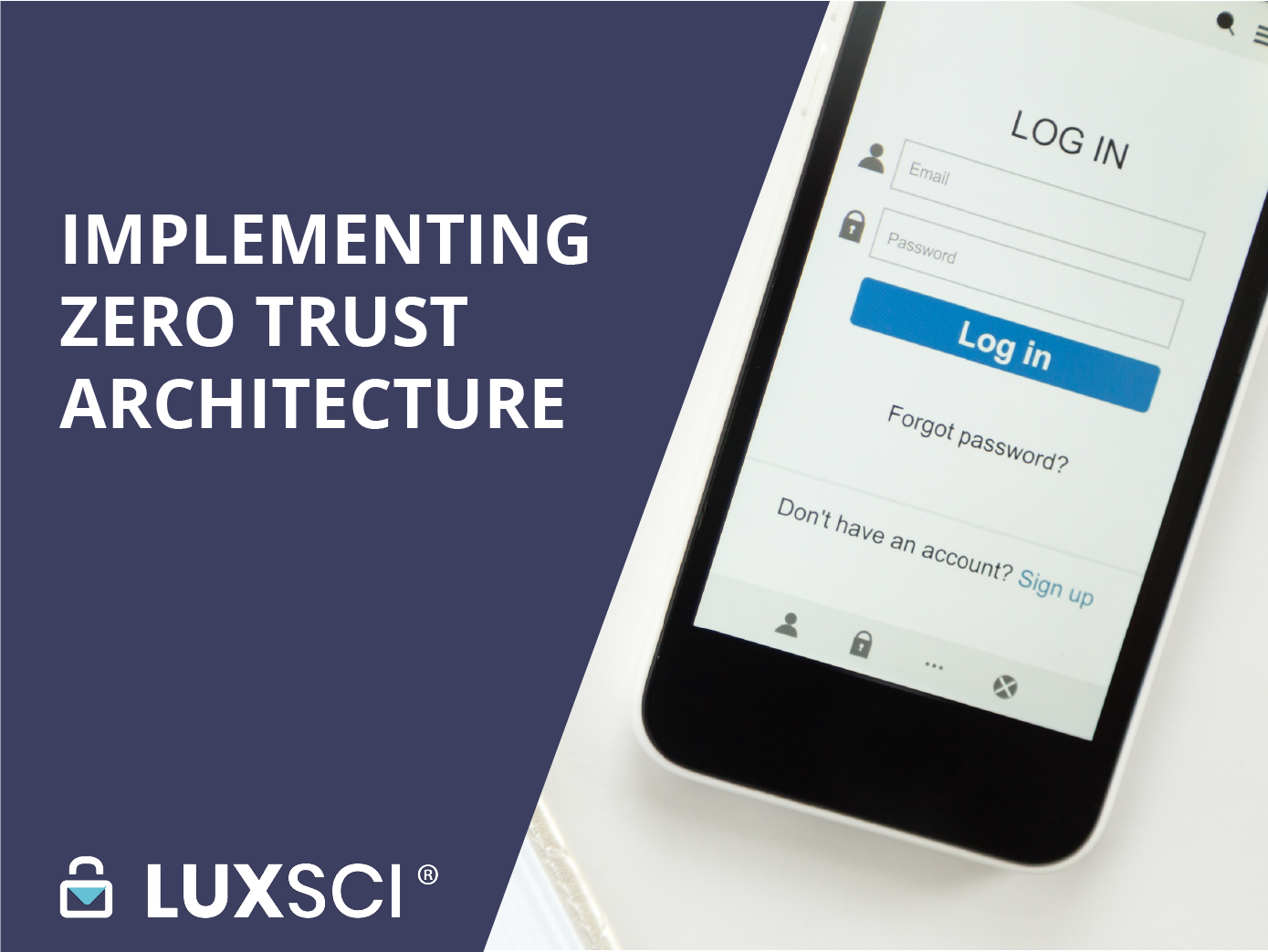HIPAA Compliant Infrastructure Requirements
Sunday, December 1st, 2024If you are building a new environment that must comply with HIPAA, you may be surprised to find that the HIPAA compliant infrastructure requirements do not require the use of any specific technology. This provides a lot of flexibility for developers and architects but can also introduce risk if you are unfamiliar with the compliance requirements. This article outlines a few considerations to keep in mind as you build a HIPAA compliant infrastructure or application.
Dedicated Servers and Data Isolation
Reliability and data security are two of the most important considerations when building a healthcare application. Building an infrastructure in a dedicated server environment is the best way to achieve these aims. Let’s look at both.
Reliability
Hosting your application in a dedicated environment means you never have to share server resources with anyone else, and it can be configured to meet your needs exactly. This may also include high-availability configurations to ensure you never have to deal with unexpected downtime. For many healthcare applications, unexpected downtime can have serious consequences.
Security
A dedicated environment isolates your data from others, providing an added security layer. Segmentation and isolation are crucial components of the Zero Trust security stance, and using a dedicated environment helps keep bad actors out. Hosting your application in a public cloud could put sensitive data at risk if another customer falls victim to a cyberattack or suffers a security incident.
HIPAA does not require the use of dedicated servers. Still, any host you choose must follow the HIPAA requirements associated with access controls, documentation, physical security, backups and archival, and encryption. Review our checklist for more details about HIPAA’s security requirements.
Encryption
It’s worth spending a minute discussing encryption because it’s an often misunderstood topic. Encryption is listed as an “Addressable” standard under HIPAA. Because it is not “Required,” this leads many to think that it is optional. The Rule states: “Ensure the confidentiality, integrity, and availability of all electronic protected health information the covered entity or business associate creates, receives, maintains, or transmits.” So, while HIPAA does not state that covered entities must use encryption, it does say that they need to ensure the confidentiality of any ePHI that is created, received, maintained, or transmitted.
The confusion arises because HIPAA is technology-neutral and does not specify how exactly to protect ePHI. Encryption is unnecessary if your organization can devise another way to protect sensitive data. However, practically speaking, there aren’t many alternatives other than not storing or transmitting the data at all. Encryption is the easiest and most secure way to protect electronic data in transmission and at rest.
At-Rest Encryption
HIPAA does not require at-rest encryption, though it is recommended to decrease risk and potential liability in some situations. Suppose your risk assessment determines that storage encryption is necessary. In that case, you must ensure that all collected and stored protected health information is encrypted and can only be accessed and decrypted by people with the appropriate keys. This makes backups secure, protects data from access by unauthorized people, and generally protects the data no matter what happens (unless the keys are stolen). Storage encryption is essential in any scenario where the data may be backed up or placed in locations out of your control.
Transmission Encryption
If protected health information is transmitted outside of the database or application, encryption must also be used to protect the data in transmission. At a minimum, TLS encryption (with the appropriate ciphers) is secure enough to meet HIPAA guidelines. However, TLS alone may not be appropriate for your use cases.
- Consider using a portal pickup method, PGP, or S/MIME encryption when transmitting highly sensitive information to end users.
Backup HIPAA Compliant Infrastructure Requirements
Backups and archival are often an afterthought regarding HIPAA compliance, but they are essential. HIPAA requires that organizations “Create a retrievable, exact copy of electronic protected health information, when needed, before movement of equipment.” You must be sure that all ePHI stored or collected by your application is backed up and can be recovered in case of an emergency or accidental deletion. If your application sends information elsewhere (for example, via email), those messages must also be backed up or archived. HIPAA-compliant backups are robust, available, and accessible only by authorized people.
Under HIPAA Omnibus, organizations must keep electronic records of PHI disclosures for up to three years. Some states and company policies may require a longer record of disclosures; some states require up to ten years. When building a HIPAA-compliant infrastructure from scratch, it’s also essential to build backups.
Conclusion
If it is your first time dealing with HIPAA compliant infrastructure requirements, be sure to ask the right questions and work only with vendors who thoroughly understand the risks involved. It can be overwhelming, but by selecting the right partners, you can achieve your goals without violating the law.








